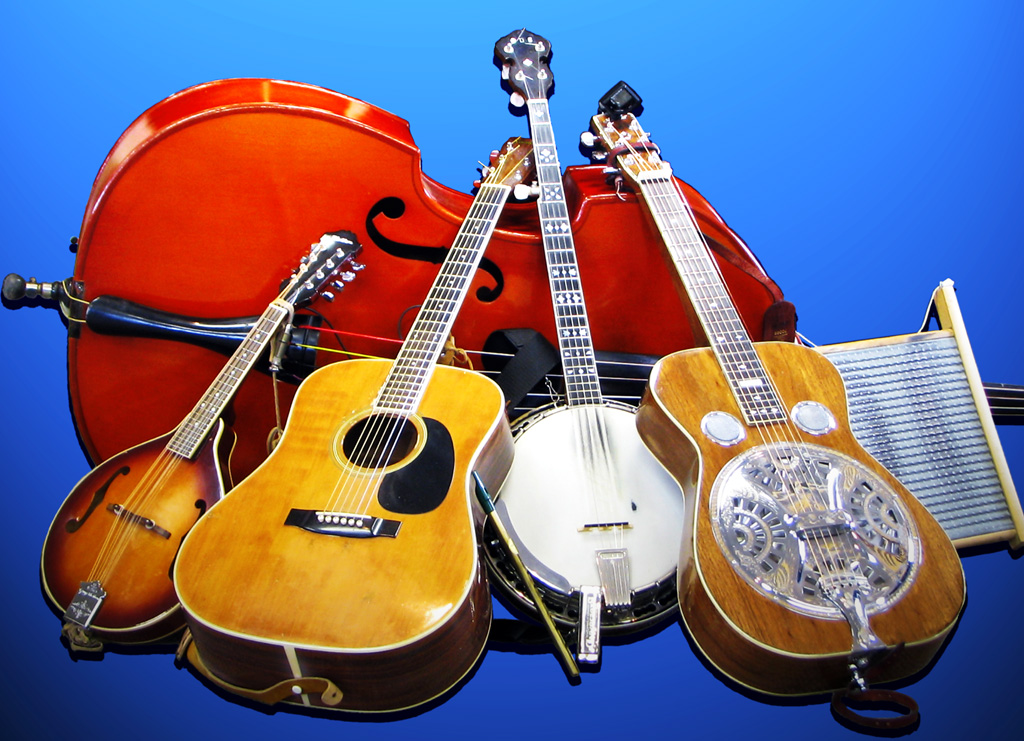
Learning Objectives
At the end of this lesson, students will be able to do the following:
- List important events and artists’ accomplishments that contributed to contemporary gospel.
- Recall specific performers/composers and their songs that engendered the transition between the golden age of gospel and contemporary gospel.
- Identify contemporary gospel songs that borrow music elements from secular songs, specifically how they incorporate music characteristics and performance practices similar to those found in the soul, funk, and disco music.
- Explain the use of many stylistic labels as applied to contemporary gospel music.
Introduction to Lesson 22
Around 1968, at the close of the golden age of gospel, music approaches applied new stylistic labels to gospel such as urban contemporary gospel, holy hip-hop, hip-hop gospel, or just contemporary gospel, to name a few. Many continue to use these labels to describe gospel music from the late 1960s to the present day. As gospel music’s boundaries concerning its stylistic labels continue to expand, notable differences in music characteristics and performance practices contribute to gospel music's broad appeal at this juncture. As succinctly stated by Tammy L. Kernodle:
At the center of this popularity is a creative community of singers, composers, producers, instrumentalists, and independent and major records companies that have drawn from myriad musical styles and production methods.
(Kernodle 2006, 89)
First, let’s look at some important events that occurred during this evolutionary stage of gospel music on the next page.
